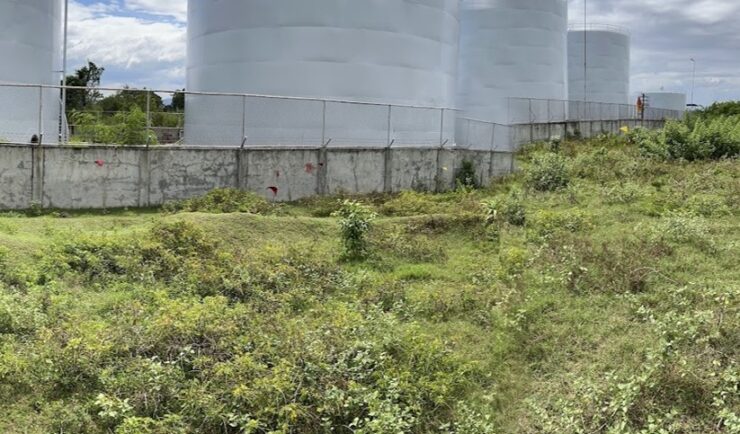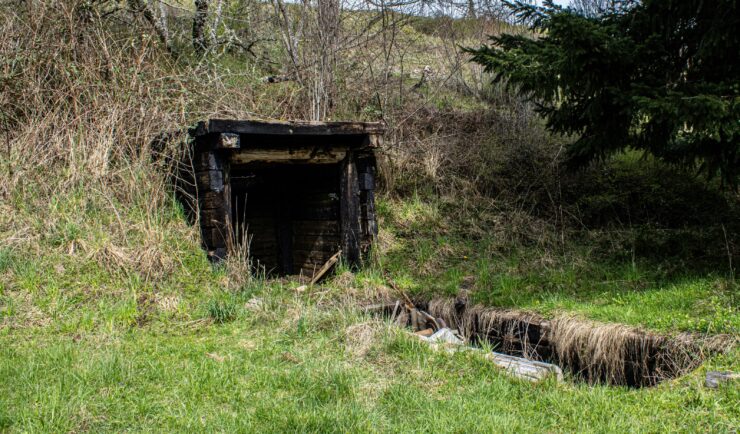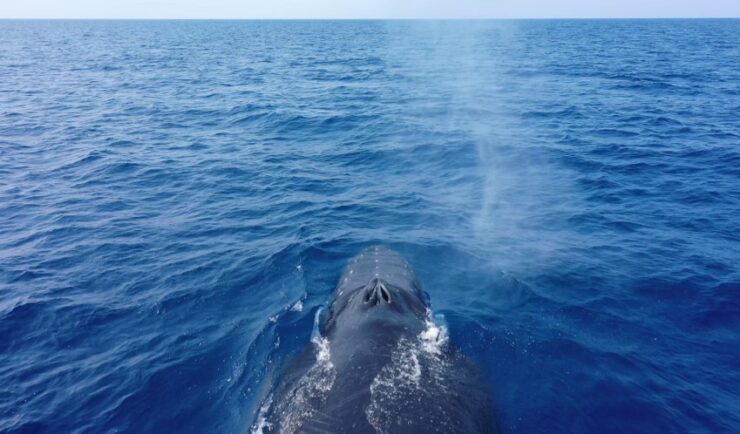- Success Stories
- Environmental Resource Assessment & Management
Examining Cetaceans for Contamination and Pathogens
CSS has employee owners who are experts in monitoring cetacean health. Several CSS scientists supporting NOAA’s Centers for Coastal Ocean Science have recently conducted research and tests on marine mammals to explore uncommon behaviors and causes for strandings. View some examples of this research below.
Microplastics are becoming increasingly abundant in coastal and marine environments. A CSS marine mammal microplastics specialist is monitoring microplastic abundance and types in the gastrointestinal tracts of stranded cetaceans. Since 2022 our specialist has processed over one kilometer of intestines from 53 marine mammals, most of which have been Tamanend’s bottlenose dolphins (Tursiops erebennus) local to the Charleston Harbor Estuary. Our specialist has discovered microplastics in every marine mammal tested to date, with the most common plastic being polypropylene fibers, a plastic commonly used in fishing nets, construction materials, textiles, and other synthetic products.

CSS scientists are using unoccupied aerial systems (UAS), also known as drones, to collect blow exhalation samples from Tamanend’s bottlenose dolphins in the Charleston Harbor Estuary. Over the past 20 years, these dolphins have been observed moving from waters with higher salinity to waters with low salinity, often needing rescuing and displaying poor health conditions. Using a UAS equipped with petri dishes enables scientists to monitor the respiratory health of dolphins at low cost in a non-invasive manner. Through these collections, CSS scientists are screening samples for respiratory pathogens and have screened more than 40 samples to date.

When the South Carolina Department of Natural Resources discovered a beached 43 ft sperm whale in Bulls Bay along the South Carolina coast, CSS cetacean specialists jumped to action. They assisted the Lowcountry Marine Mammal Network with the field response and partial necropsy by transporting supplies to the site, taking measurements, recording data, and collecting samples to understand what may have caused the death of this animal. The team examined the whale’s stomach and intestines for potential plastic ingestion.Throughout the examination, the team did not discover (macro)plastics within the cetacean’s digestive tract.
See More CSS Insights

Diesel Leak Remediation
Our employee owners have been supporting a remediation project in the Philippines. Diesel fuel leaked from a storage tank and seeped into the groundwater and soil. Emergency measures were taken but clean-up was delayed due to COVID restrictions. After some of the more strict COVID restrictions were lifted, CSS scientists joined the environmental due diligence…

Assessing Contamination in Abandoned Mines
CSS supports the Environmental Protection Agency with assessing contamination within abandoned mines. There are thousands of abandoned mines throughout the western United States. Many of these mines are leaching heavy metals into nearby streams or have contaminated soils causing vegetation die off. CSS employee owners conduct field work to assess the extent of this contamination.…

Training Marine Mammal Programs to Use Drones to Collect Dolphin and Whale Respiratory Health Data
CSS employee owner and Marine Mammal Drone Specialist supports NOAA’s National Centers for Coastal Ocean Science (NCCOS) Marine Mammal Health Assessment team with collecting respiratory health data from marine mammals in local waterways. Using specialized drones equipped with petri dishes provides a non-invasive method to collect exhaled breath (i.e. blow) samples from dolphins and whales.…
